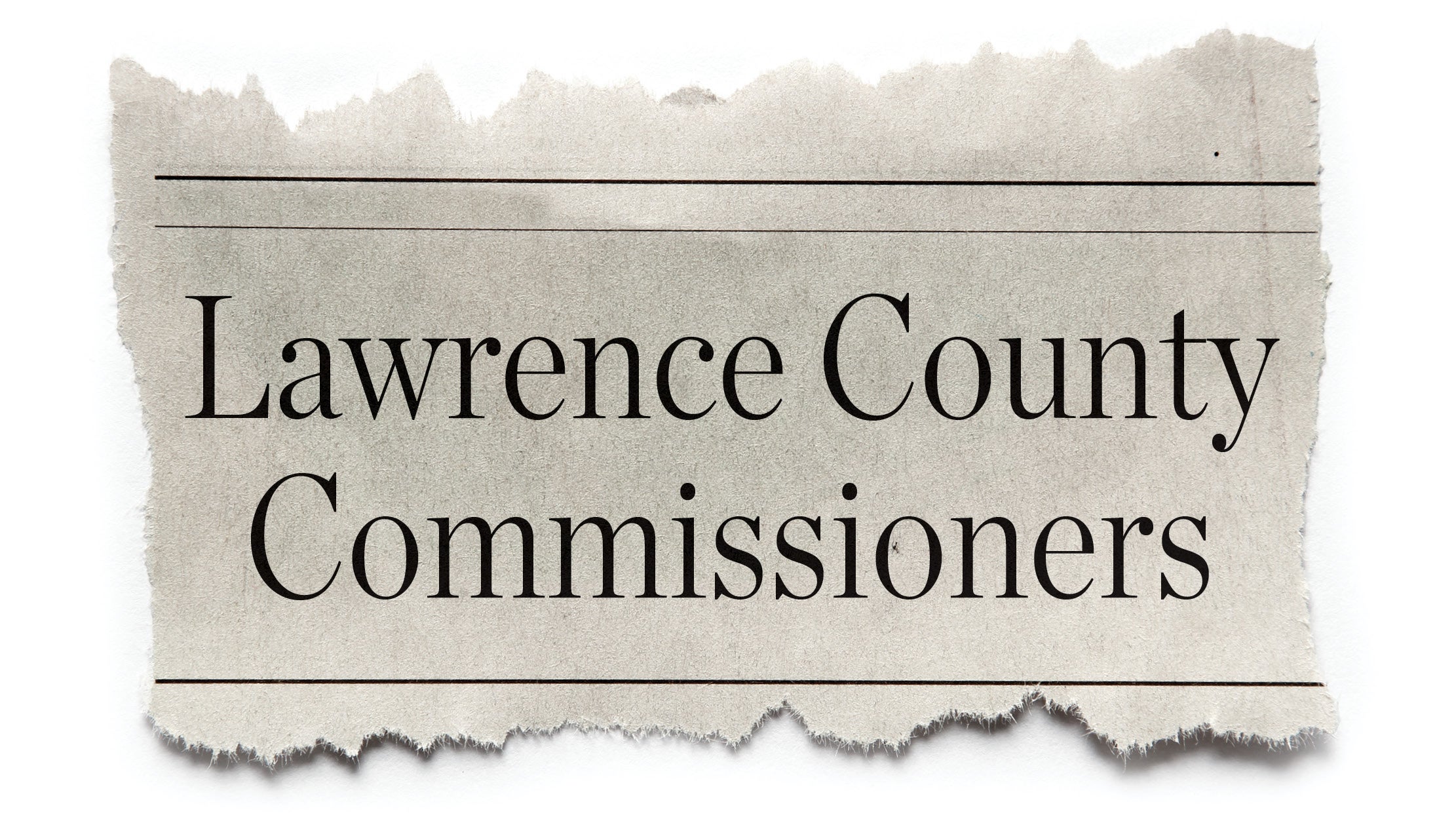Dems back redistricting proposal
Published 1:34 pm Monday, September 14, 2015
COLUMBUS (AP) — The Ohio Democratic Party ended months of uncertainty Saturday when it voted to endorse a proposed overhaul of the way the state sets the boundaries for its legislative districts.
The voice vote by the party’s executive committee in favor of Issue 1 on fall statewide ballots followed a morning meeting in Columbus.
The proposal is a step toward more competitive districts, said party chairman David Pepper.
“When we see more competitive districts, we will likely see legislators who are more responsive to their constituents,” Pepper said in a statement.
Democratic and Republican support for the measure had initially seemed guaranteed because it stemmed from a historic bipartisan deal struck by state lawmakers last year.
The ballot measure substitutes a redistricting system criticized for fostering gerrymandering by the majority party with a process that backers say is more fair, bipartisan and transparent.
It establishes a seven-member commission made up of the governor, secretary of state, auditor and four legislative appointees to draw the lines. Two minority-party votes would be needed to adopt a 10-year legislative map. Without them, the majority could draw only a map lasting only four years.
The Ohio Republican Party endorsed it early on and, by the time Fair Districts for Ohio launched its campaign in July, the proposal had also gained the support of a who’s who of Statehouse interest groups on right and left, including business, labor, environmental and good government groups.
But some Democrats worried the proposed changes would disadvantage their party long term. Republicans hold supermajorities in both Ohio’s legislative chambers. It’s been 30 years since Democrats controlled both, though a slight majority of voters in the perennial swing state affiliate with the party.
Pepper appointed the nine-member screening committee in April to review the issue and make an endorsement recommendation to the 148-member executive committee. The internal panel recommended in August that the party endorse Issue 1 after using competing computer models to create hypothetical maps using the proposed redistricting system’s criteria.
One model reflecting difficulties with winning a Democratic majority under the proposed system was developed by the National Committee for Effective Congress. The group, which is respected nationally and was founded by Eleanor Roosevelt in 1948, gets financial support from labor unions that have been accused of holding too close a rein on Ohio’s state party.
Another analysis, from Clarity Campaign Labs, showed a Democratic legislative majority would be possible.
Also Saturday, the executive committee called for an independent investigation of actions involving a former Department of Education official who resigned after acknowledging to the state school board that he had omitted failing grades of online and dropout-recovery schools from the evaluations of charter school sponsors so poor marks wouldn’t “mask” successes elsewhere.





